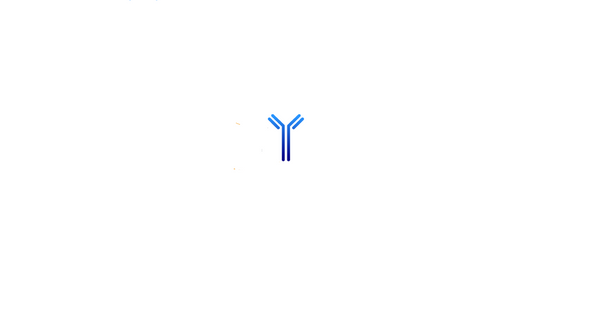Description
Pyruvate Dehydrogenase E2 Antibody / DLAT | RQ6548 | Gentaur US, UK & Europe Disrtribition
Family: Primary antibody
Formulation: 0.5mg/ml if reconstituted with 0.2ml sterile DI water
Format: Antigen affinity purified
Clone: N/A
Host Animal: Rabbit
Clonality: Polyclonal (rabbit origin)
Species Reactivity: Human, Mouse, Rat
Application: WB, IHC-P, IF, FACS, Direct ELISA
Buffer: Lyophilized from 1X PBS with 2% Trehalose
Limitation: This DLAT antibody is available for research use only.
Purity: Affinity purified
Description: Dihydrolipoyl transacetylase (or dihydrolipoamide acetyltransferase) is an enzyme component of the multienzyme pyruvate dehydrogenase complex. This gene encodes component E2 of the multi-enzyme pyruvate dehydrogenase complex (PDC). PDC resides in the inner mitochondrial membrane and catalyzes the conversion of pyruvate to acetyl coenzyme A. The protein product of this gene, dihydrolipoamide acetyltransferase, accepts acetyl groups formed by the oxidative decarboxylation of pyruvate and transfers them to coenzyme A. Dihydrolipoamide acetyltransferase is the antigen for antimitochondrial antibodies. These autoantibodies are present in nearly 95% of patients with the autoimmune liver disease primary biliary cirrhosis (PBC). In PBC, activated T lymphocytes attack and destroy epithelial cells in the bile duct where this protein is abnormally distributed and overexpressed. PBC eventually leads to cirrhosis and liver failure. Mutations in this gene are also a cause of pyruvate dehydrogenase E2 deficiency which causes primary lactic acidosis in infancy and early childhood.
Immunogen: An E. coli-derived human protein (amino acids P69-P642) was used as the immunogen for the DLAT antibody.
Storage: After reconstitution, the DLAT antibody can be stored for up to one month at 4oC. For long-term, aliquot and store at -20 °C. Avoid repeated freezing and thawing.






